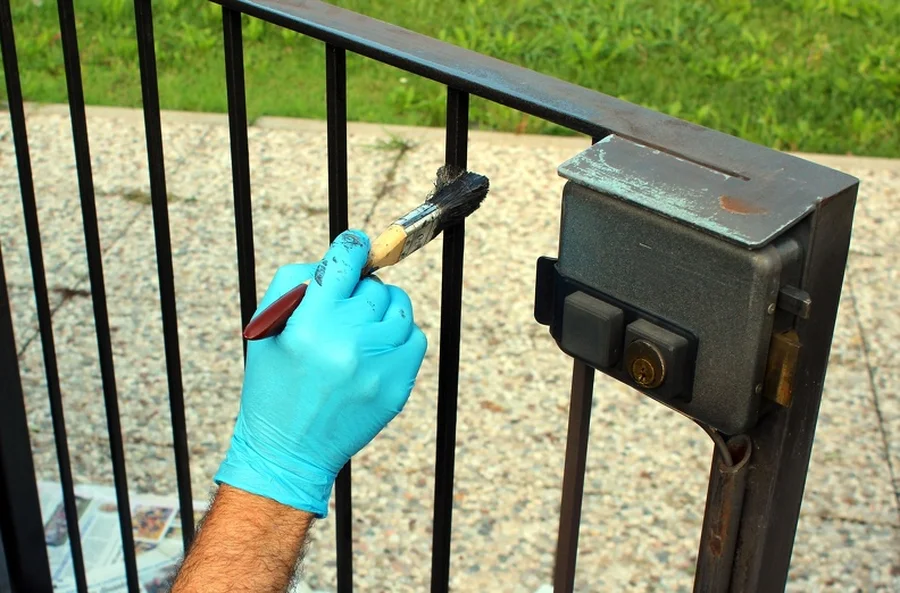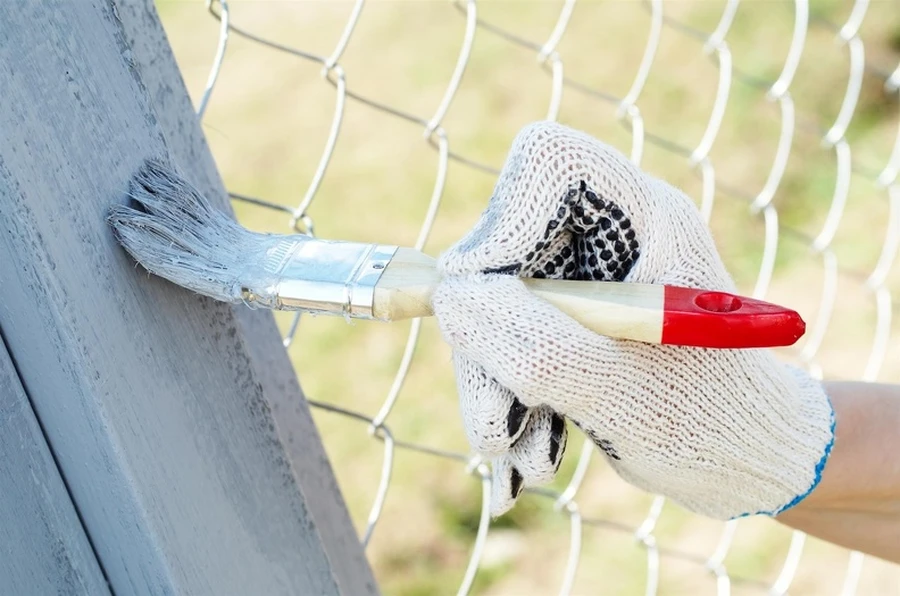Essential Points About Painting Your Fence
Painting your fence can enhance the look of your property and increase its value. However, it’s not as simple as picking a paintbrush and getting started. There are several factors you need to consider to make sure the project goes smoothly. From selecting the right materials to understanding weather conditions, knowing what you’re getting into is important. In this article, we will cover everything you should know before diving into your fence painting project.

Choosing the Right Paint
Selecting the correct type of paint is crucial for your project’s success. The paint should be durable and suitable for outdoor conditions. You have two main options: oil-based and latex paints. Oil-based paints offer a rich finish but take longer to dry. Latex paints dry quickly and are easy to clean up with water. Consider the climate in your area when making your choice. For best results, opt for high-quality products that resist cracking and fading over time.
Understanding Surface Preparation
Before you start applying any paint, preparing the surface is vital. Clean the fence thoroughly by removing dirt and loose paint using a pressure washer or garden hose. Let it dry completely before sanding rough spots to create a smooth surface for the new paint to adhere better. Proper preparation will ensure the longevity of your newly painted fence, saving you from frequent touch-ups.

Tools You Will Need
Having the right tools on hand is essential for an efficient job. Basic items include brushes, rollers, drop cloths, painter’s tape, and a ladder. If you’re dealing with a large area, consider using a sprayer for faster application. Make sure all equipment is in good condition to avoid delays during your project.
- Brushes and rollers for manual application
- Painters’ tape for clean edges
- Drop cloths to protect nearby surfaces
- Ladder for reaching high areas
- Sprayer for quicker application on large fences
The Importance of Weather Conditions
Weather plays a significant role in the outcome of fence painting projects. Ideally, choose a day with mild temperatures and low humidity. Avoid working under direct sunlight as it can cause the paint to dry too fast, leading to cracks. Rain is also a no-go since moisture can ruin fresh paint.
Cost Factors to Consider
The cost of painting a fence varies depending on several elements such as size, type of paint, and labor costs if you hire professionals. Set a budget but be prepared for additional expenses like primer or unexpected repairs. Weighing these factors beforehand can help you manage costs effectively while ensuring quality outcomes.
- Calculate square footage to estimate the amount of paint needed
- Consider material costs including primer and sealer
- Factor in potential repair costs for damaged sections
- Decide between DIY or hiring professional services
Troubleshooting Common Problems
Even well-executed projects can face setbacks. Issues such as peeling paint or uneven color can arise due to poor surface preparation or unsuitable weather conditions. To prevent these problems, follow expert advice on selecting compatible materials and adhering strictly to prep guidelines.
Expert Tips for Success
Professionals recommend certain practices to ensure successful outcomes in painting projects. Always test a small patch before committing fully to see how your chosen color looks once it dries. Maintain consistent strokes during application for uniform coverage and allow ample drying time between coats.
Your Next Steps With Painting Projects
A well-painted fence can transform your outdoor space by adding aesthetic appeal and boosting property value. By following these guidelines, you’ll be well-prepared for your next painting project. Located in Worcester, MA, we provide comprehensive solutions tailored to your needs. Contact Corinto Services LLC at (774) 386-3981 for more information on our services and how we can assist with your next project.
